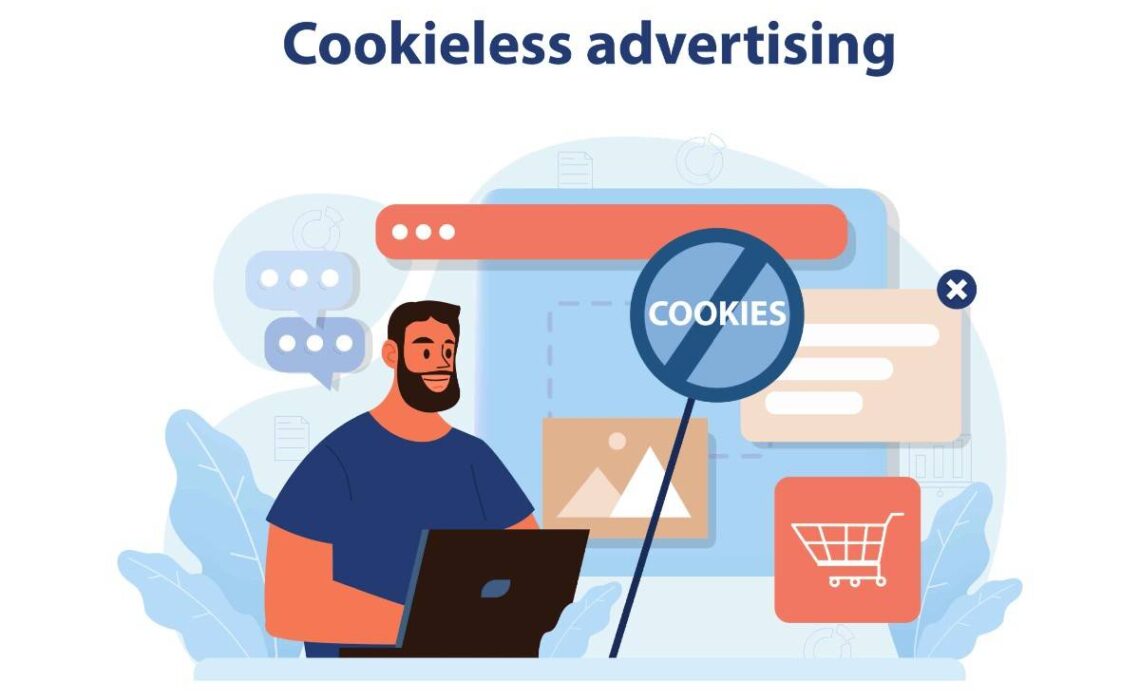Cookies have long powered online ads by tracking users and showing relevant messages. But this is changing fast. Google Chrome plans to phase out third-party cookies, and privacy rules are reshaping how data is handled. For businesses, this shift means finding new ways to advertise effectively while earning customer trust.
What Cookieless Advertising Really Means
Table of Contents
To understand the change, it helps to see how cookies worked and why they’re being replaced.
1. The Decline of Third-Party Cookies
Third-party cookies are small files added to a browser by advertisers or analytics tools from other websites. They allowed marketers to follow users around the web, build behavior profiles, and deliver targeted ads. Over time, this raised concerns about transparency and control.
Now, browsers like Chrome, Safari, and Firefox are removing third-party cookies to give users more privacy. This shift limits cross-site tracking, pushing marketers to rethink how they reach audiences without relying on personal identifiers.
2. The Role of First-Party and Zero-Party Data
First-party data comes from direct interactions with your brand, such as website visits, purchases, or subscriptions. Zero-party data is information users willingly share, like preferences from surveys or account settings.
Instead of tracking people across sites, companies can strengthen their data collection by offering clear value in exchange for information. Loyalty programs, sign-ups, and personalized recommendations encourage users to share details voluntarily. This keeps personalization possible while staying respectful of privacy preferences.
Practical Advertising Options Without Cookies
With third-party tracking going away, advertisers are adopting new strategies to target and measure performance. Many businesses are also noticing a drop in ad efficiency as traditional retargeting becomes less effective. To reach the right audiences again, some are exploring solutions like display advertising, which helps brands stay visible across websites through visual and contextual placements that don’t rely on personal tracking.
1. Contextual Advertising and Targeting
Contextual advertising matches ads to the topic of a page rather than to user behavior. For instance, a travel brand can show an ad for vacation deals on an article about tropical destinations. This keeps ads relevant without using personal data.
Because it relies on page content, contextual targeting meets privacy standards and helps businesses stay connected with the right audiences. It’s a return to intent-driven marketing, where message and context matter most.
2. Universal IDs and Data Clean Rooms
Universal IDs give advertisers and publishers a way to recognize users across platforms while keeping their identities protected. This consistency makes audience targeting and reporting more accurate.
Data clean rooms take that one step further by allowing partners to combine or compare datasets securely. Both parties can analyze results without seeing the other’s raw information. This creates a balance between useful insights and user privacy, helping advertisers maintain precision even without cookies.
3. Customer Data Platforms (CDPs)
A Customer Data Platform, or CDP, collects data from multiple channels and organizes it into unified profiles. This allows marketers to understand their customers better and create personalized experiences using their own verified data.
Unlike data clean rooms, which focus on privacy-safe data sharing, CDPs help activate the data a business already owns. They connect first-party and zero-party data to improve campaign targeting and overall performance.
How Tech Companies Are Responding
Big tech companies are developing new tools to keep digital advertising effective while protecting privacy.
1. Google’s Privacy Sandbox and Topics API
Google’s Privacy Sandbox is a set of tools designed to replace third-party cookies. One of its main features, the Topics API, groups users into broad interest categories such as “fitness” or “travel.” Advertisers can then target these general interests instead of following individuals across sites.
Although still being tested, this system shows how browsers may handle personalized ads in a privacy-preserving way.
2. Measuring Ad Performance in a Cookieless Setup
Tracking campaign results without cookies is challenging, but tools like Google Analytics 4 (GA4) offer solutions. GA4 uses event-based tracking and modeled data to fill in gaps left by missing cookies. This helps marketers see which ads drive engagement and conversions.
Combining GA4 insights with first-party data gives businesses a reliable way to measure performance. Over time, these models will improve, helping advertisers make informed decisions even with limited tracking data.
Common Challenges Businesses Will Face
The transition to cookieless advertising brings a few hurdles.
- Tracking user journeys and conversions becomes harder.
- Personalization may feel less precise.
- Ad blockers and privacy regulations can limit available data.
These challenges highlight why it’s better to experiment and adjust strategies early, before older tracking methods disappear completely.
How to Prepare Your Business for Cookieless Advertising

There are clear, practical steps every business can take to stay ready and competitive.
1. Strengthen First-Party Data Collection
Encourage customers to share data willingly by offering something in return, such as exclusive deals or early access. Use email lists, loyalty programs, and account systems to collect information directly. Always explain why the data is needed and how it improves the user experience.
2. Test Privacy-Friendly Ad Tools
Experiment with contextual targeting, CDPs, and data clean rooms. Measure engagement and conversions closely to see which options deliver the best results. Adopting these tools early helps refine strategies and reduces reliance on old tracking methods.
3. Stay Compliant and Transparent
Privacy regulations continue to evolve worldwide. Always disclose how data is collected, stored, and used. Partner with advertising platforms that follow data protection standards. Being transparent builds credibility and helps maintain long-term customer trust.
Conclusion
The phase-out of third-party cookies is changing digital advertising, but it also opens the door to a healthier, trust-based system. Businesses that invest in first-party data, privacy-safe technologies, and clear communication with customers will adapt more easily. In this new era, earning user trust isn’t just the right thing to do. It’s the most effective way to grow!





No Comments